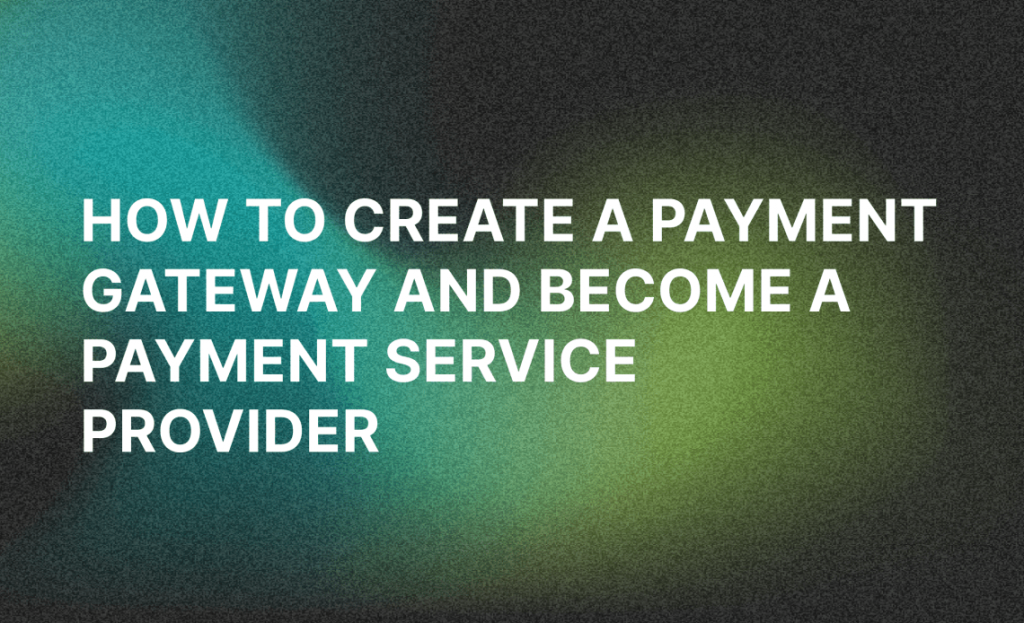Mastering the Process: How to Become a Payment Processor
Mastering the Process: How to Become a Payment Processor
Learning to be a cost processor involves navigating a sophisticated business with rigid regulations and brutal competition. Nevertheless, with the proper strategy and devotion, you are able to begin a successful payment processing business. Here’s a detailed manual on how to become a cost model:
Realize the Business: Start with getting a comprehensive knowledge of the payment processing industry. Research different types of cost processors, payment practices, and business trends. Familiarize yourself with cost card sites like Credit, Mastercard, and National Show, in addition to regulatory bodies like the Payment Card Industry Knowledge Security Typical (PCI DSS).
Develop a Organization Approach: Create a step by step organization plan detailing your vision, goal market, services provided, pricing technique, marketing program, and economic projections. Contemplate facets such as startup charges, operating expenses, revenue streams, and development projections. A well-crafted organization strategy will function as a roadmap for your cost processing organization and help attract investors or protected financing.
Get Necessary Permits and Permits: Study the legitimate and regulatory needs for running a payment running company in your jurisdiction. Receive the mandatory permits and permits to make sure compliance with local, state, and federal regulations. This might include registering your company with regulatory authorities and obtaining a Income Solutions Organization (MSB) license.
Build Associations with Payment Associates: Construct associations with acquiring banks, payment processors, and payment gateways to aid card transactions on behalf of your clients. Choose reliable companions with robust engineering tools, competitive pricing, and outstanding customer support. Negotiate good terms and agreements to ensure the success of one’s payment handling business.
Set Up Infrastructure: Invest in the mandatory infrastructure, engineering, and equipment to guide your cost control operations. This could include establishing vendor accounts, cost terminals, point-of-sale (POS) methods, and online payment gateways. Apply security measures to protect sensitive payment knowledge and conform to PCI DSS requirements.
Market Your Services: Develop a comprehensive advertising technique to advertise your cost handling companies to possible clients. Utilize a variety of online and traditional marketing techniques, such as for instance website optimization, social media marketing advertising, e-mail campaigns, networking events, and direct income outreach. Spotlight the advantages of your solutions, such as rapidly transaction control, competitive rates, and exemplary client support.
Acquire Vendor Clients: Focus on obtaining merchant clients across numerous industries, including retail, e-commerce, hospitality, healthcare, and professional services. Goal businesses with high deal sizes and present customized solutions designed to their specific needs. Provide outstanding customer support and help to create trust and commitment with your clients.
Check Performance and Change: Consistently check the efficiency of your payment handling organization and adapt to adjusting industry conditions. Analyze key metrics such as purchase volume, revenue, customer satisfaction, and churn rate to identify parts for becoming a payment processor . Stay educated about industry developments and technology improvements to keep aggressive in the fast growing cost handling landscape.
By following these steps and investing time and sources into building a solid basis for the cost processing organization, you are able to position yourself for accomplishment in that vibrant and lucrative industry. With devotion, perseverance, and strategic planning, you are able to achieve your goal of learning to be a successful cost processor.


